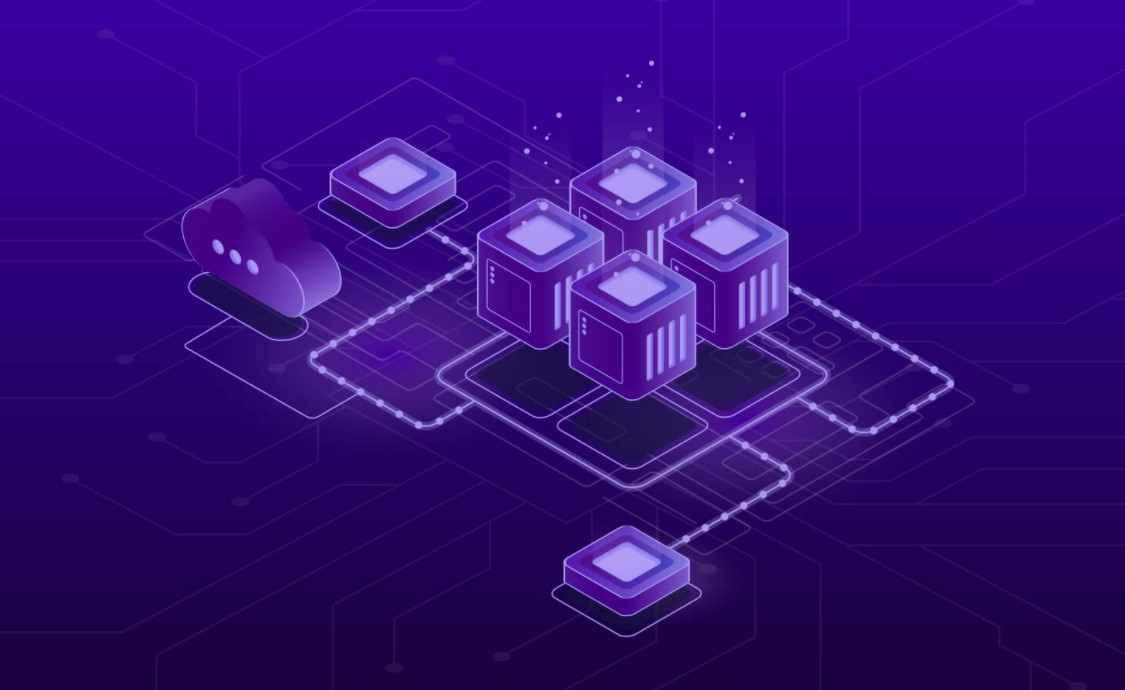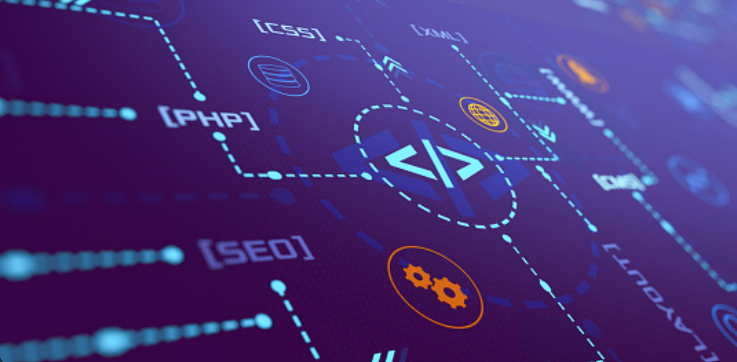In 2017, Gartner had predicted a significant change in IT operations in the coming years. Integration of DevOps and adoption of the Cloud paved the way for digital transformation. It increased the pace of innovation and deployment. It increased pressure on traditional performance and service management strategies to their breaking point. A paradigm shift in IT operations was required to accommodate these digital transformations that led to the birth of AIOps.
What is AIOps?
AIOps is a layered amalgamation of technology platforms to automate and enhance IT operations. AIOps is a collective term used for big data analytics, machine learning (ML), and artificial intelligence (AI). Large companies have a large volume of logs and performance data. It is used to automate the identification and resolution of common IT issues.
What values AIOps add to the enterprise?
· Automation of daily routines
It can automate routine practices such as assisting user requests and checking non-critical IT system alerts. AIOps can help in setting up an automated help desk that can assist user requests and allocate resources automatically when a user requests. It can evaluate security alerts and check if any action is needed.
· Early and accurate detection of serious issues
A human may recognize known malware functions and events. One can easily overlook the seriousness of unknown triggers such as unusual downloading or a process starting. An AIOps will first treat the unacknowledged actions on the critical system as a top priority to avoid possible phishing attacks or infection. It will deprioritize the known malware event and run antimalware functions.
· Centralising interactions of data centres and teams
AIOps will provide relevant data to IT groups. It should learn what analysis and data to show a specific team from a large pool of data.
Use Cases
- In DevOps: It can provide additional insights about the IT environment to the development team which gives the operations team more clarity about changes in production.
- In Hybrid Clouds: It will reduce risks involved in the hybrid cloud by analyzing and providing insights on IT infrastructure. AIOps can help in the automation of processes, troubleshooting issues, and smoothening communication in large companies with complex cloud environments.
How AIOps works?
Let’s go through the step-by-step process of working if AIOps:

Pros and Cons of AIOps:
Pros:
- It reduces IT staff time and attention on mundane tasks and practices.
- Continuous evolvement of the algorithm with the changing data to improve effectiveness.
- Provide continuous monitoring.
- Freeing IT staff for other critical and complex issues, thereby increasing business performance.
- Identifying root cause by studying relationships between servers, systems, and platforms.
- Improving collaboration between IT groups and business units.
- Interactive representation of data for ease of understanding for key decision-makers.
Cons:
- AIOps is as good as the data it receives for the training.
- It is dependent on an algorithm to learn from data.
- The amount and effort required for integration and implementation are considerable.
- Proper data storage, protection, and retention are crucial as it is data-based.
Available AIOps tools in the market are BMS’s TruSight platform, Cisco’s Crosswork Situation Manager, Splunk IT service intelligence tool, etc.
Share your thoughts about AIOps at contact.us@virtuetechinc.com.




